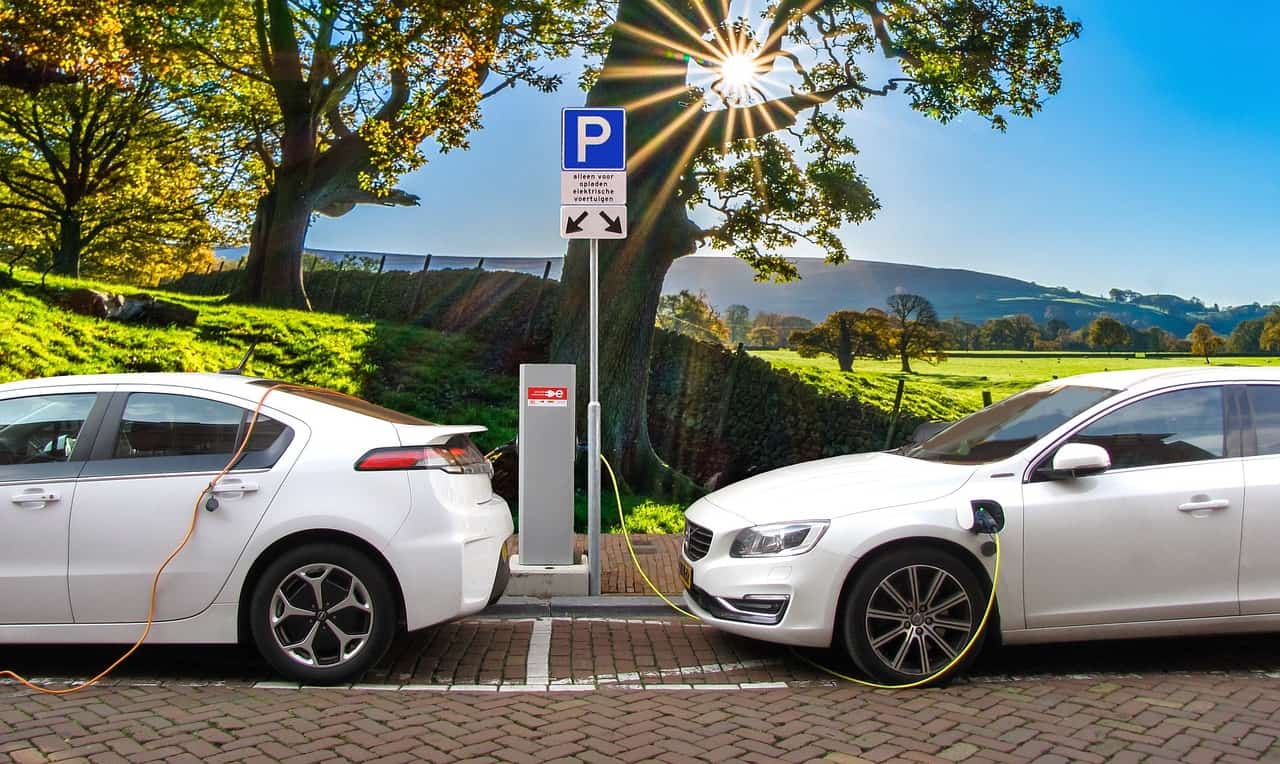The US Code 30C or also known as the “Alternative Fuel Infrastructure Tax Credit” or the “30C Tax Credit,” has been the global standard of federal tax credits for electric vehicle chargers since 2018.
For context, the law offered businesses and individuals a 30% tax credit for any “alternative” fueling devices, which includes EV chargers.
However, the government has modified the 30C Tax Credit as of January 1, 2023. That said, company owners should be conscious of the changes. To better comprehend the 30C tax credit updates, consider how it now benefits businesses, what has changed, and who qualifies for it.
What are the changes in the US Code 30C?
The modifications implemented in the US Code 30 can undoubtedly affect those looking to install EV charging.
Nonetheless, it must be noted that more cash is allocated than ever for those who qualify for the 30C tax credit.
Tax Credit Amount
The amount reimbursed to qualified business owners via a tax credit will change in 2023. The old 30C tax credit returned 30% of qualifying costs up to $30,000 to businesses per location.
That said, the maximum credit remained constant because it was determined per site regardless of how many ports were placed. As mentioned, it has changed dramatically as of 2023.
The 30C tax credit has been updated to provide 30% of eligible costs up to $100,000 per charger to businesses that meet specific census, wage, and apprenticeship requirements. In essence, qualified companies can receive a much more considerable amount of tax credit money.
Other significant modifications
Other than the additional money available to companies, they must also address some other critical improvements to the 30C tax credit.
These further modifications help determine which businesses are eligible for the tax credit and what conditions must be met to obtain the total amount.
That said, companies should thoroughly review the code to determine whether they can access the tax credits under the updated US Code 30C.
Eligibility by location
Per the updated 30C tax credit, only site locations classified as low-income or non-urban will be eligible to claim the benefits.
That said, the new standard will significantly affect where businesses can set up EV charging stations to qualify for the tax credit.
Requirements for wage and apprenticeship
Businesses looking to take advantage of the 30% tax credit must remunerate contractors and affiliated labor at the prevailing rate determined by the Secretary of Labor under the updated code.
As for the companies that cannot comply with the said benchmarks, they can only claim a 6% tax credit on expenses.
Enhanced scope
The new scope now includes new technology like bi-directional charging points.
How can these changes impact businesses?
As expected, the modification of the 30C Tax Credit can affect businesses.
The three most important details are:
1. The increased available funds
2. The low-income or non-urban site position prerequisites
3. The salary and apprenticeship criteria for full eligibility
Businesses will qualify for a 30% tax credit of up to $100,000 per charger as long as they match the low-income or non-urban location requirements. They must also adhere to fair labor standards as per EV Connect Report. Notably, the tax credit is a significant increase over the previous 30%, up to $30,000 per charging site.
Better yet, 30C Tax Credit has been prolonged until December 31, 2032. These updates will have a significant positive impact on many businesses’ ability to set up EV charging stations for many years to come.

